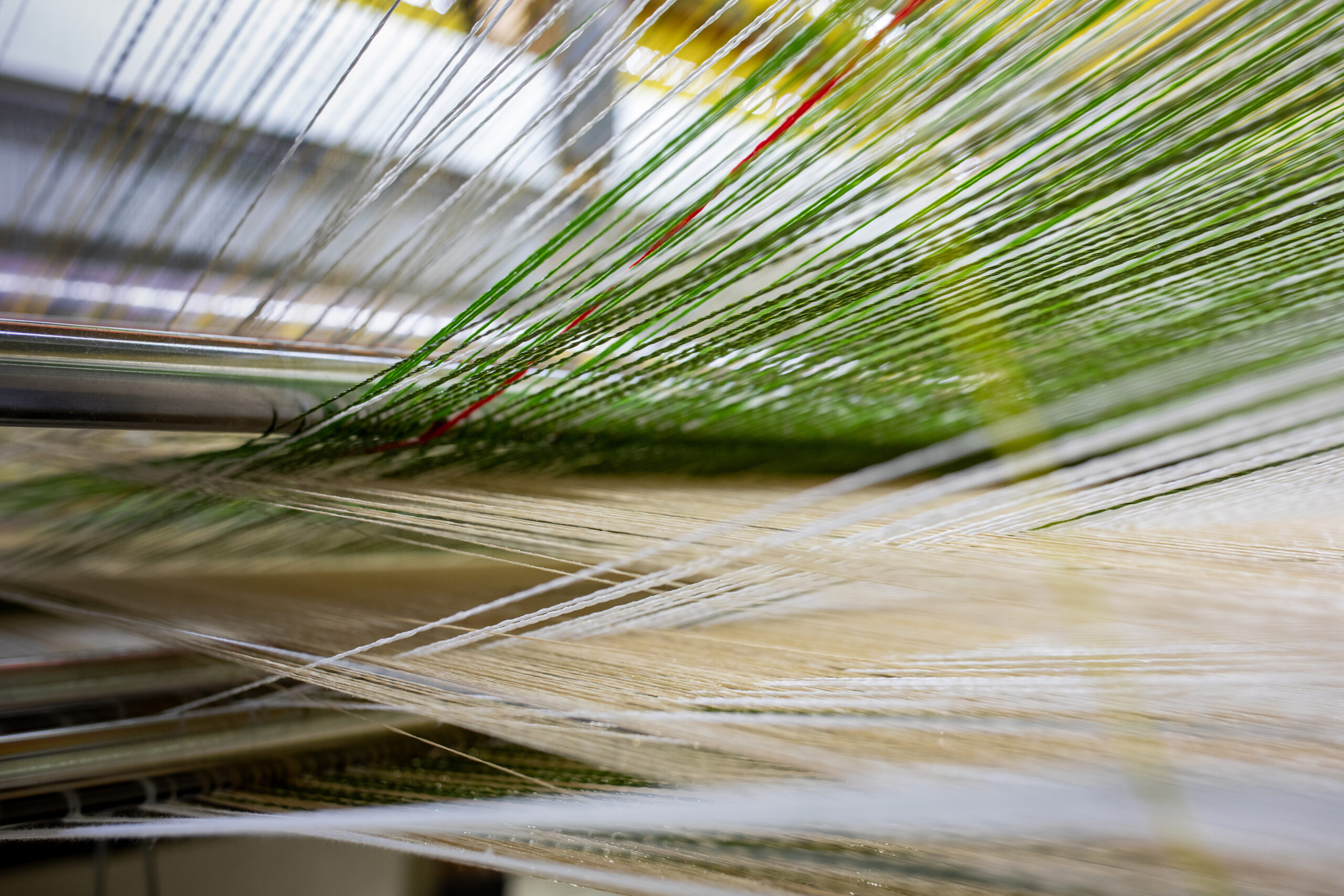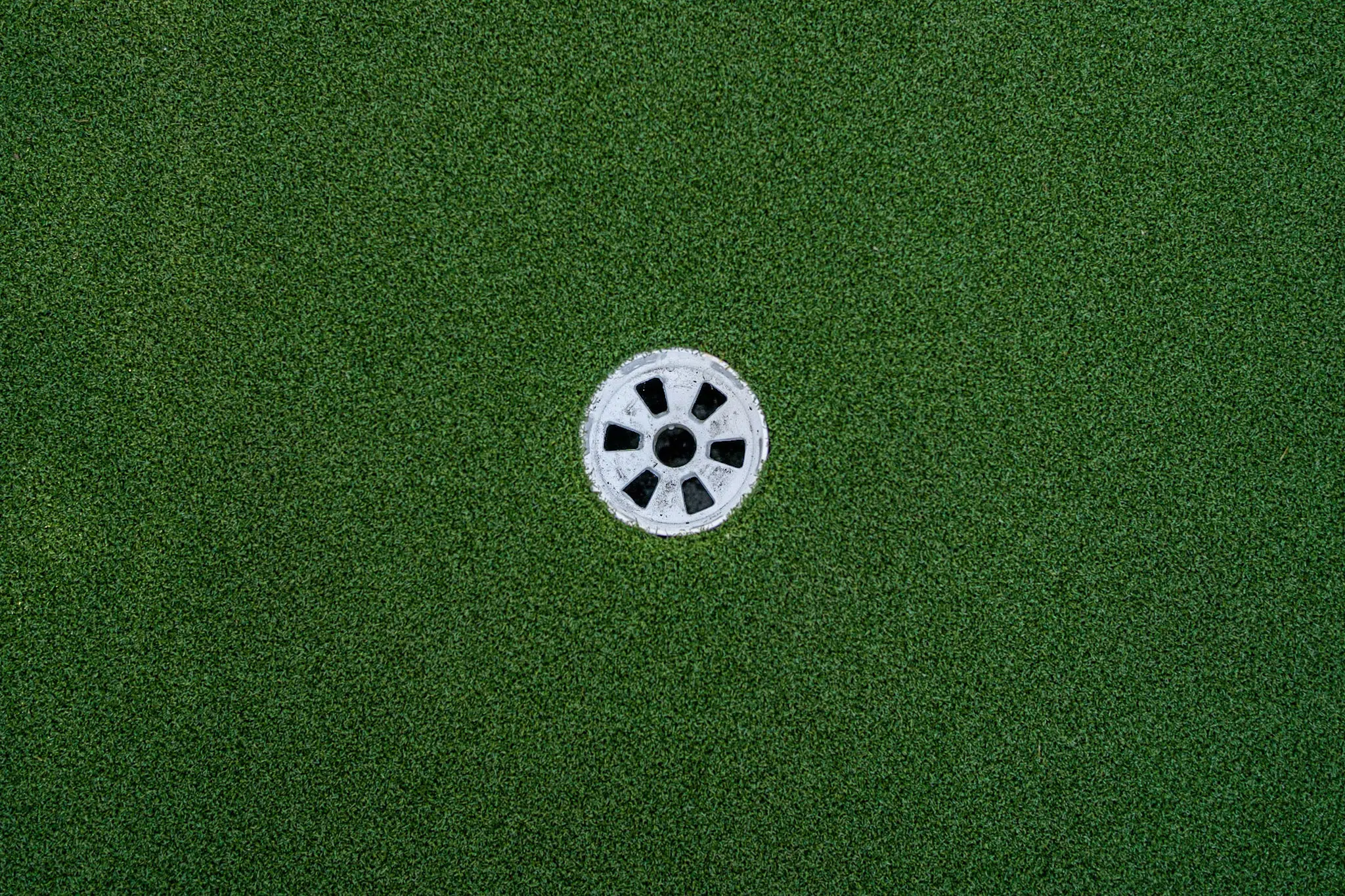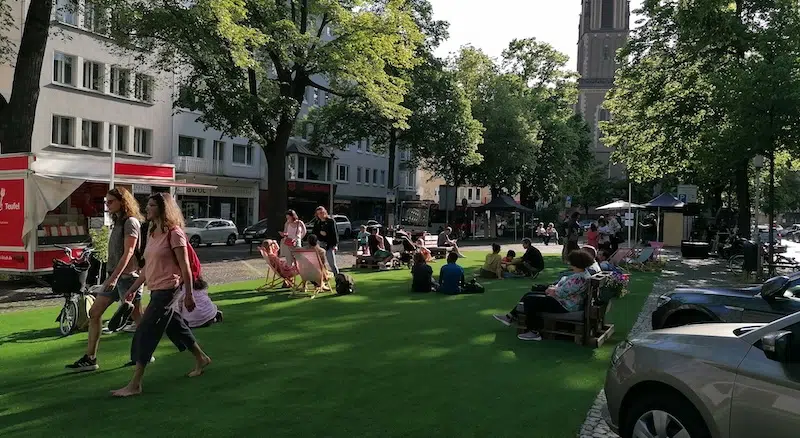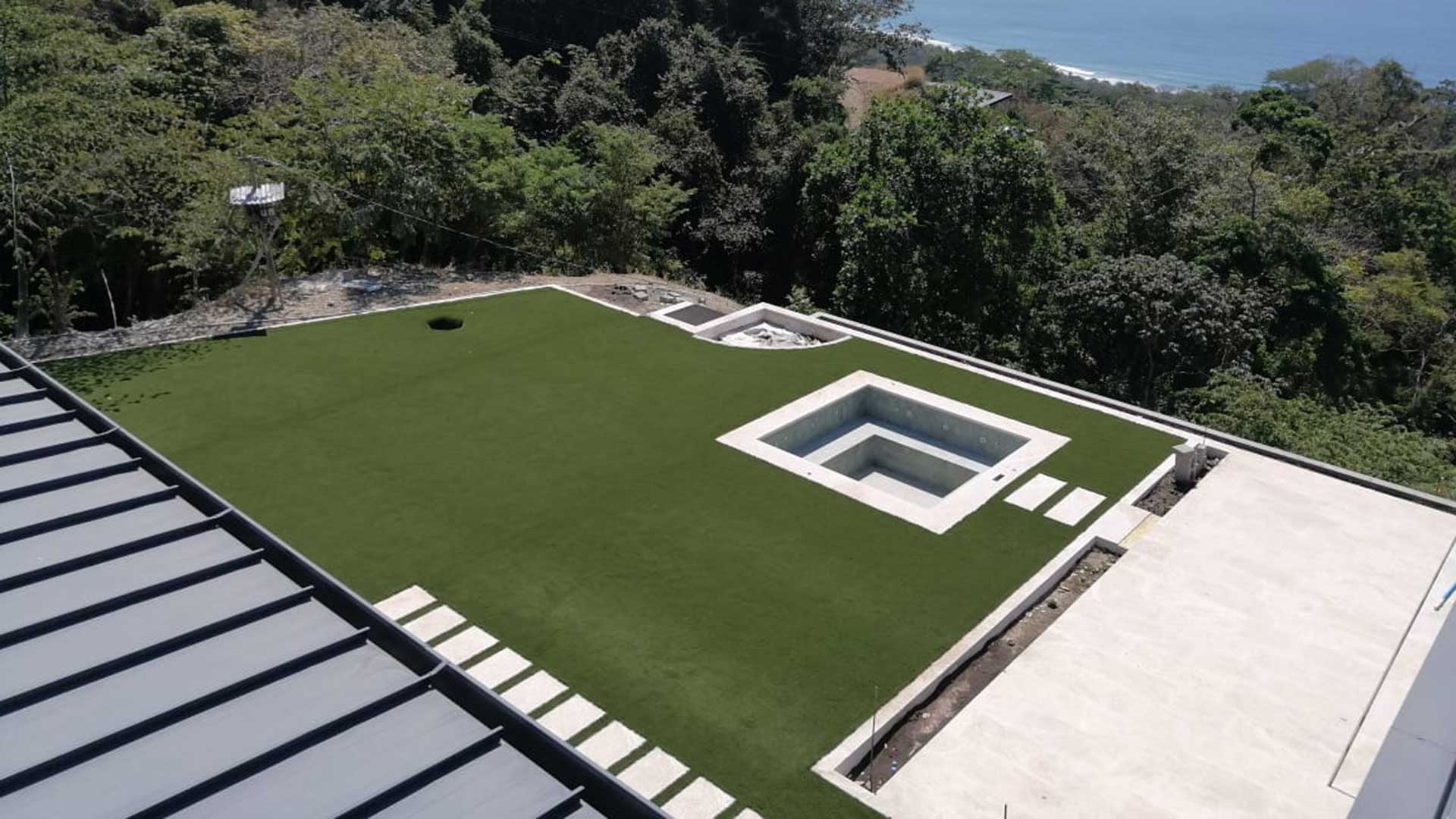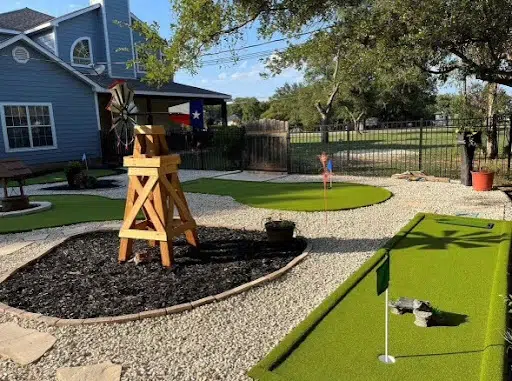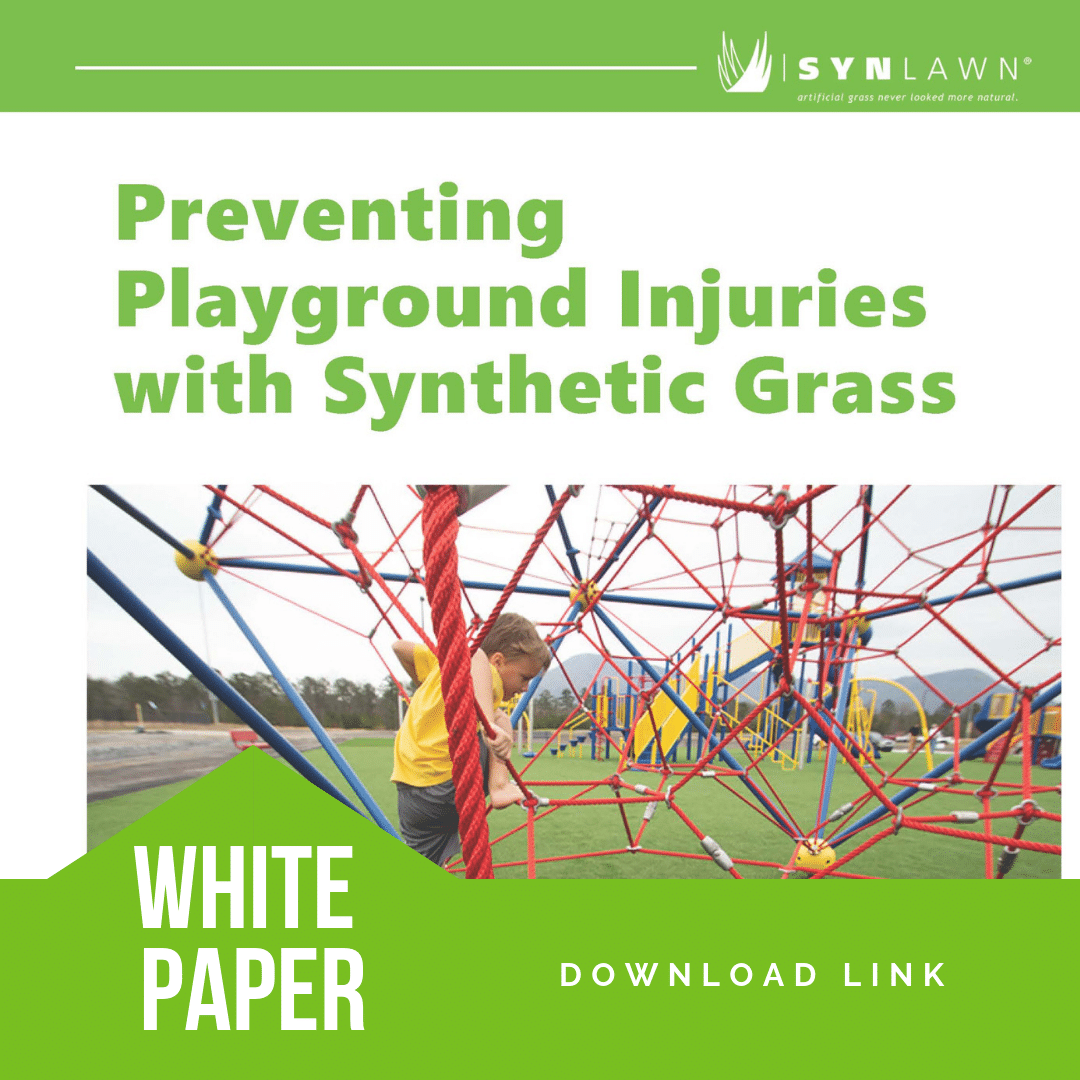
Playground Safety: Preventing Injuries with Synthetic Grass
Teachers, educations and school administration officials are always looking for ways to make their playgrounds safer – after all; they are responsible for the well-being of students during school hours. Even with advancements in safety features for playground equipment, there are still more than 200,000 students ages 14 and younger treated for playground-related injuries each year according to the CDC. Over 10% of those students (more than 20,000) will be treated for traumatic brain injuries, including concussions.
While the CDC says that more research is needed to better understand what puts children most at risk for injury, they also recommend a softer material under playground equipment. Their specific suggestions are wood chips, sand or mulch – but they missed the safest option, synthetic grass.
Traditional turf options like wood chips, sand, mulch, and even rubber wear down significantly as time goes by – especially in high traffic areas like swings and the landing in front of a slide. Synthetic grass offers padding that won’t be displaced in high traffic areas, some with the ability to protect children from falls of up to 10 feet.
In this paper, we will look at a combination of statistics regarding playground-related accidents, some of the disadvantages of common surfacing options like wood chips, sand and mulch and how synthetic grass can eliminate most of these common problems.
Most Playground Related Traumatic Brain Injuries (TBIs) Involve Falling from Monkey Bars, Climbing Equipment or Swings
The last thing any parent wants to think about when sending their child to school is the odds of them getting hurt during recess or physical education – but the truth is it happens more often than it probably needs to. Back in the day sand, mulch, traditional grass or even rubber were acceptable turf for playgrounds because it was all that was available – but modern technology allows for beautiful, low maintenance synthetic grass that provides more consistent protection than any other playground turf.
Of those roughly 200,000 children injured on playgrounds each year about 56% were treated by emergency medical personnel for fractures, contusions or abrasions. 75% of those playground-related injuries occurred on public playground equipment – mostly at schools or other places of recreation like parks.
From 2005 to 2013 the number of emergency department visits to playgrounds for traumatic brain injuries has significantly increased, with two-thirds of playground-related TBIs happening at school, during the school day.
Falls caused 15% of Playground Related Injuries Resulting in Death to the Playground Surface
Source Material
- CDC Website
- Phone interview with Angela Grego of SYNLawn Kansas City
